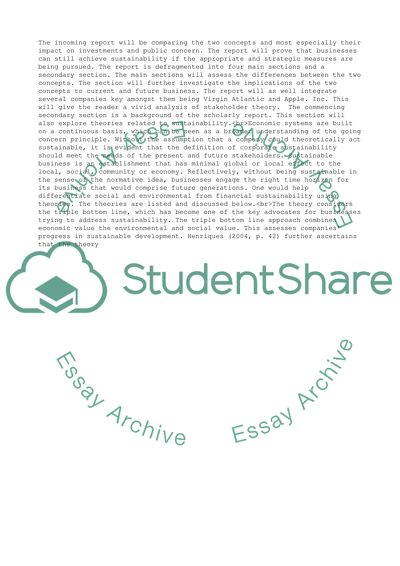Cite this document
(Social and environmental sustainability v. financial sustainability Essay, n.d.)
Social and environmental sustainability v. financial sustainability Essay. https://studentshare.org/business/1871612-social-and-environmental-sustainability-v-financial-sustainability
Social and environmental sustainability v. financial sustainability Essay. https://studentshare.org/business/1871612-social-and-environmental-sustainability-v-financial-sustainability
(Social and Environmental Sustainability V. Financial Sustainability Essay)
Social and Environmental Sustainability V. Financial Sustainability Essay. https://studentshare.org/business/1871612-social-and-environmental-sustainability-v-financial-sustainability.
Social and Environmental Sustainability V. Financial Sustainability Essay. https://studentshare.org/business/1871612-social-and-environmental-sustainability-v-financial-sustainability.
“Social and Environmental Sustainability V. Financial Sustainability Essay”. https://studentshare.org/business/1871612-social-and-environmental-sustainability-v-financial-sustainability.


